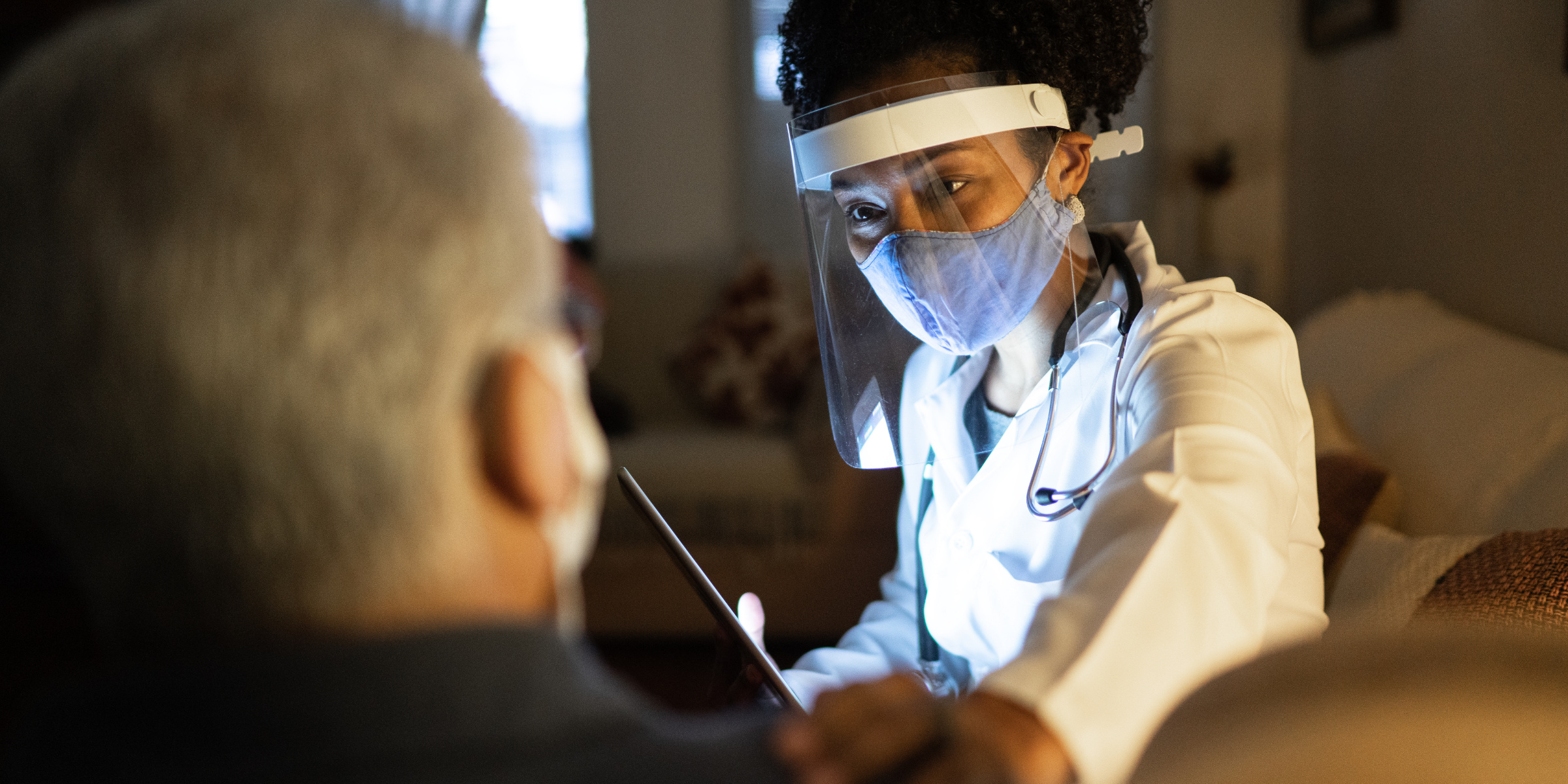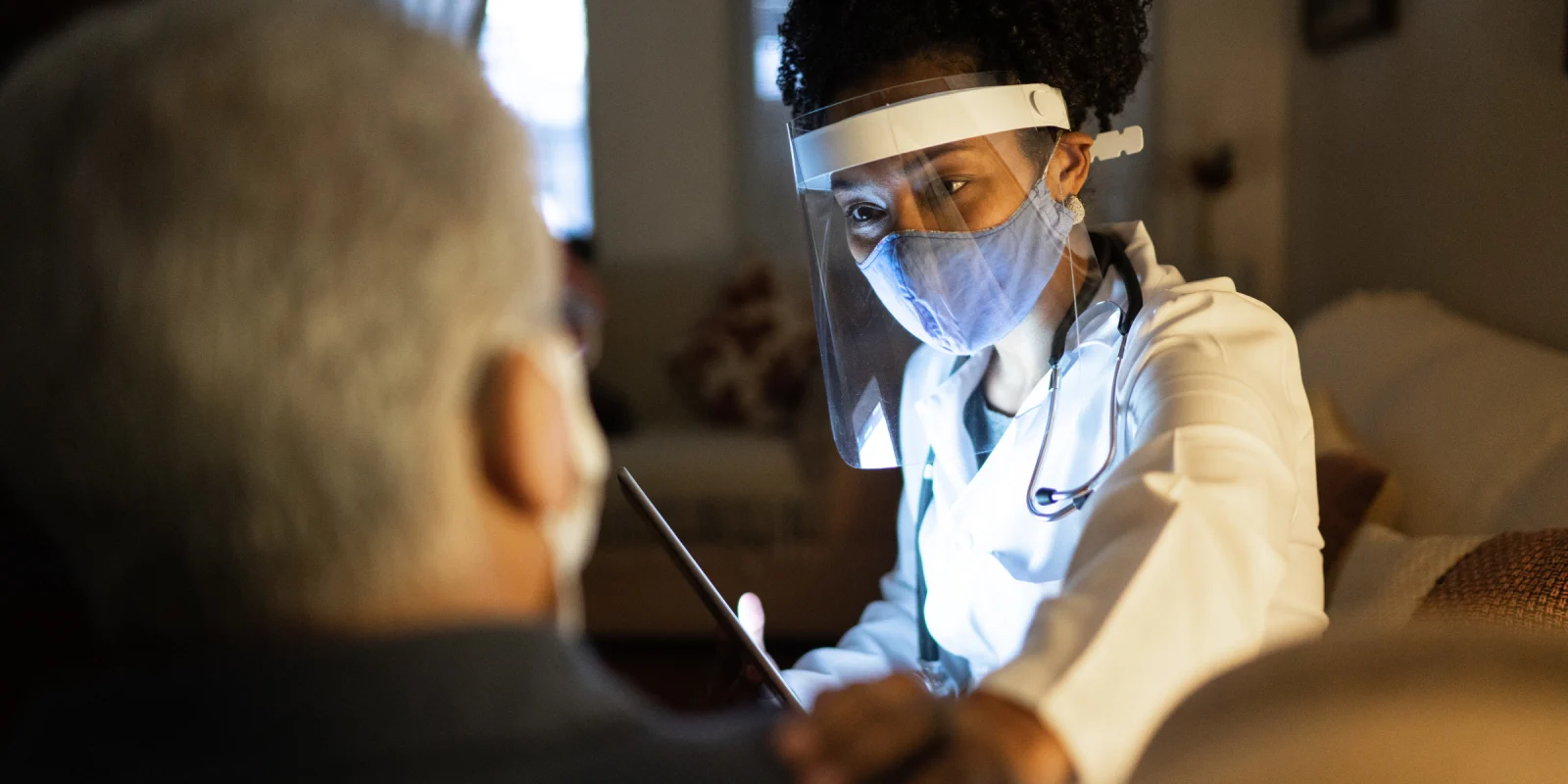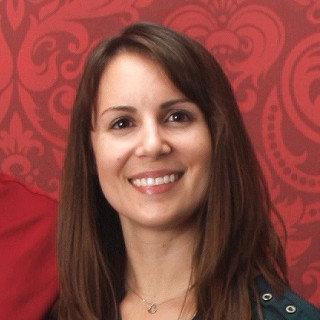
The global pandemic has changed life the world over. Nowhere is this truer than in nursing homes. I have been an NP in a variety of settings ranging from hospital to outpatient clinic for over a decade. For the past five years, I have cared for residents of skilled nursing facilities (SNF). Practicing in this role through the COVID pandemic has been an education.
In Arizona, the pandemic hit the national news before it arrived in our facilities. Now, as we emerge from the surge in the sunbelt, we are feeling the effects more than ever before. Those of us caring for the most vulnerable in nursing homes live in dread of an outbreak in our facility. The facilities in which I practice have been relatively unscathed. There are numerous factors involved, to be sure. I would like to highlight the excellent procedures facility leadership at Devon Gables Rehabilitation Center (DGRC) implemented from the beginning to mitigate the impact of COVID-19.
Dedicated Staffing
The first resident to test positive at DGRC was a recent arrival from a hospital, Mr. A. Several days after starting rehabilitation at DGRC, the resident had a fever. I ordered the usual battery of tests to discover the origin of the potential infection, this time adding COVID-19. He tested positive. He was already in insolation as a precaution. Administration immediately devoted two full-time nurses to his care. These volunteer nurses traded back and forth 12-hour shifts to care for him. They arranged for their children to stay with family members. These nurses provided primary nursing care meaning that no nursing assistants entered his room. He received excellent care by completely dedicated staff members that came in to contact with other residents.
Physical Separation
Mr. A was also moved to a dedicated COVID area within the facility. The next time I arrived in the facility, there was floor-to-ceiling plastic separating that area from the rest of the building. The leadership team implemented separate areas for COVID positive residents and persons under investigation — any resident with an unexplained fever or symptoms that could potentially be COVID. A makeshift nurses' station was arranged in these isolated areas, complete with gowns, gloves, masks, and a supply of face shields. This facility is blessed to be shaped essentially like a Spanish villa with a large courtyard surrounded by building. This allows a variety of traffic patterns for staff to move from one area to another. Mr. A was a frail, elderly gentleman with numerus co-morbidities and ultimately did not survive COVID despite excellent care. This sad event was prevented from becoming a worse tragedy by thoughtful management decisions. There was no in-facility transmission at all during his three-week stay.
Communication With Family Members
This pandemic has been trying for facility residents and their families and friends. Isolation takes its toll on all involved. Devon Gables has done a top-notch job of keeping family members up to date on the status of the facility and their loved ones. Family of each resident is called when a new resident or staff case is identified. The facility has gone above and beyond by providing window visits. My residents’ faces light up as they tell me about how their son/daughter/grandchildren visited and they could see them face to face. On a case-by-case basis, in-person visits have been allowed — with all the appropriate PPE — in end-of-life situations. As we all struggle to adapt to new restrictions, residents and their loved ones appreciate these extra efforts to keep them connected.
Frequent Testing
Staff are being tested weekly. Several asymptomatic staff members tested positive for COVID during the last round of testing. The facility immediately redoubled isolation procedures implementing gowns (in addition to now standard face masks) for all resident care on units where COVID positive staff members work. Affected staff are on leave for two weeks. Those caring for the vulnerable are also members of families and communities. While creating a sterile SNF is not possible, routine screening of staff in addition to standard isolation procedures can prevent spread.
Screening on Entry
All facilities in the area have implemented this strategy to varying degrees. Each person entering the facility has their temperature taken and is screened for common symptoms or recent exposures. Screeners have a list of approved providers and other visitors permitted to enter the facility.
The above strategies have been useful in keeping the spread of COVID at bay in this building. As a clinician credentialled there, I have had the privilege of watching leadership and bedside clinicians rise to meet these challenges with efficiency and compassion. There are no guarantees for the future and certainly there is no method for preventing new cases altogether. Most facilities will vacillate between COVID positive and COVID negative status. As I write this, there are no COVID positive patients in the building.
My hope in sharing this is to bring positivity to the discussion about COVID in nursing homes and share some methods that are working. It is possible to protect our most vulnerable during this pandemic with appropriate precautions. I hope that fellow clinicians are encouraged by a success story. None of the above suggestions are novel or surprising. Nonetheless, this is a moment for the medical community to double down on the basics. Please feel free to add methods that are working well in your facilities in the comments.
All names and identifying information have been modified to protect patient privacy.
Melinda Darling is a nurse practitioner with OptumCare. She care for long-term and post-acute residents of several skilled nursing facilities in Tucson, AZ. Melinda is currently enrolled in the CDC’s Infection Preventionist curriculum. She is credentialed at, but not employed by the facility described in the article.
Click here to see more perspectives on COVID-19 from the Doximity network.
Click here for up-to-date news about COVID-19 on Doximity.







